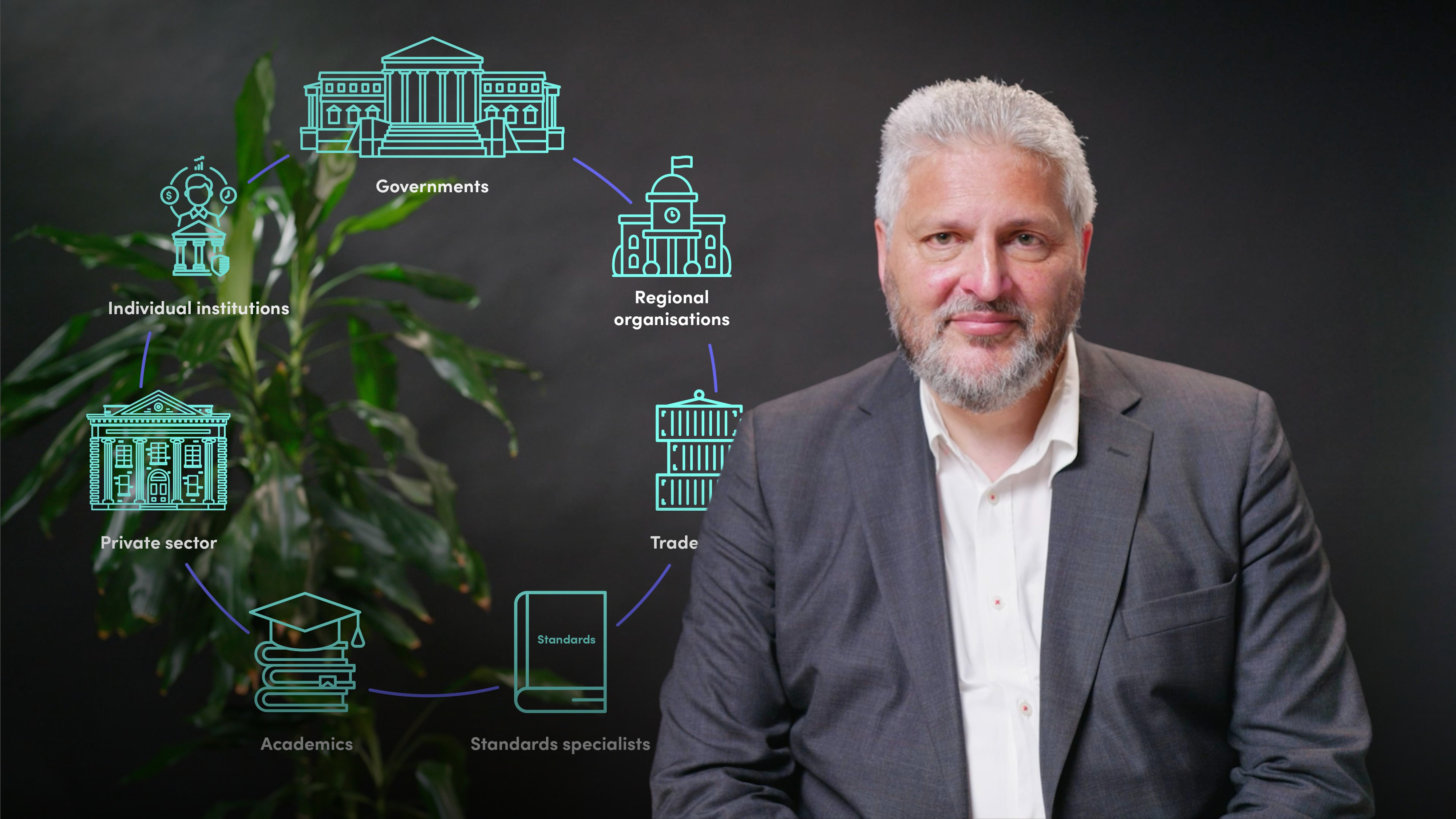
Introduction to ESG Taxonomies

Keith Mullin
35 years: Capital markets editorial
ESG taxonomies are sets of criteria used to evaluate the sustainability of economic activities and financial assets. They aim to align policy frameworks and incentives for governments, banks, and investors to channel capital towards achieving net-zero emissions and social betterment. Join Keith, as he provides an introduction to ESG taxonomies and discusses their role in giving substance to policy frameworks and helping governments achieve climate targets.
ESG taxonomies are sets of criteria used to evaluate the sustainability of economic activities and financial assets. They aim to align policy frameworks and incentives for governments, banks, and investors to channel capital towards achieving net-zero emissions and social betterment. Join Keith, as he provides an introduction to ESG taxonomies and discusses their role in giving substance to policy frameworks and helping governments achieve climate targets.

Introduction to ESG Taxonomies
6 mins 39 secs
Key learning objectives:
Understand the role of taxonomies in the global effort to achieve net-zero
Outline the key objectives and outcomes of taxonomies
Understand how taxonomies work and best practices for development
Overview:
Taxonomies are a key component of the global effort to arrest climate change, protect the environment, and achieve social betterment. Jurisdictions around the world, including the European Union, are drafting taxonomies as part of their efforts to achieve net-zero and other environmental, social, and governance (ESG) targets. Taxonomies are used to define and classify sustainable activities and are intended to give substance to policy frameworks and climate legislation. They also create the conditions for governments, banks, and investors to channel the trillions of dollars of capital needed to accelerate emissions reductions, finance transition, and drive social betterment and they can help to create green, social, and sustainable jobs.
Why do we need taxonomies if we want to achieve net zero?
Governments around the world have set ambitious goals to achieve net zero emissions by 2050. However, realising these targets requires not only political will but also the creation of credible pathways and laws that incentivise and mobilise the necessary capital to drive progress.
Taxonomies play a crucial role in this effort by providing a clear definition and classification of what constitutes a sustainable or "green" economic activity. This helps to create the necessary incentives for governments, banks, and investors to channel trillions of dollars towards emissions reductions, transition, and social betterment.
What are taxonomies intended to achieve?
Taxonomies are intended to achieve several key objectives:
- Provide substance to policy frameworks and climate legislation by defining what constitutes a sustainable economic activity and what does not
- Create incentives for governments, banks, and investors to channel trillions of dollars of capital towards emissions reductions, transition, and social betterment. This is the overarching objective of a taxonomy
- Drive a reset of the global economy and create millions of green, social, and sustainable jobs by providing a strong signal to investors and other stakeholders and assisting their decision-making
How should taxonomies be developed?
Taxonomies should be developed in a way that aligns with policy frameworks and addresses the specific challenges and opportunities of a country's economy. Many governments have found that binary taxonomies, which push investors towards projects that are already low carbon, can limit the transition away from high carbon-emitting activities. Instead, governments should create incentives to channel capital towards activities that are light green or brown to reduce their emissions footprints according to formal transition pathways.
Taxonomies will evolve over time to drive better outcomes.

Keith Mullin
There are no available Videos from "Keith Mullin"

